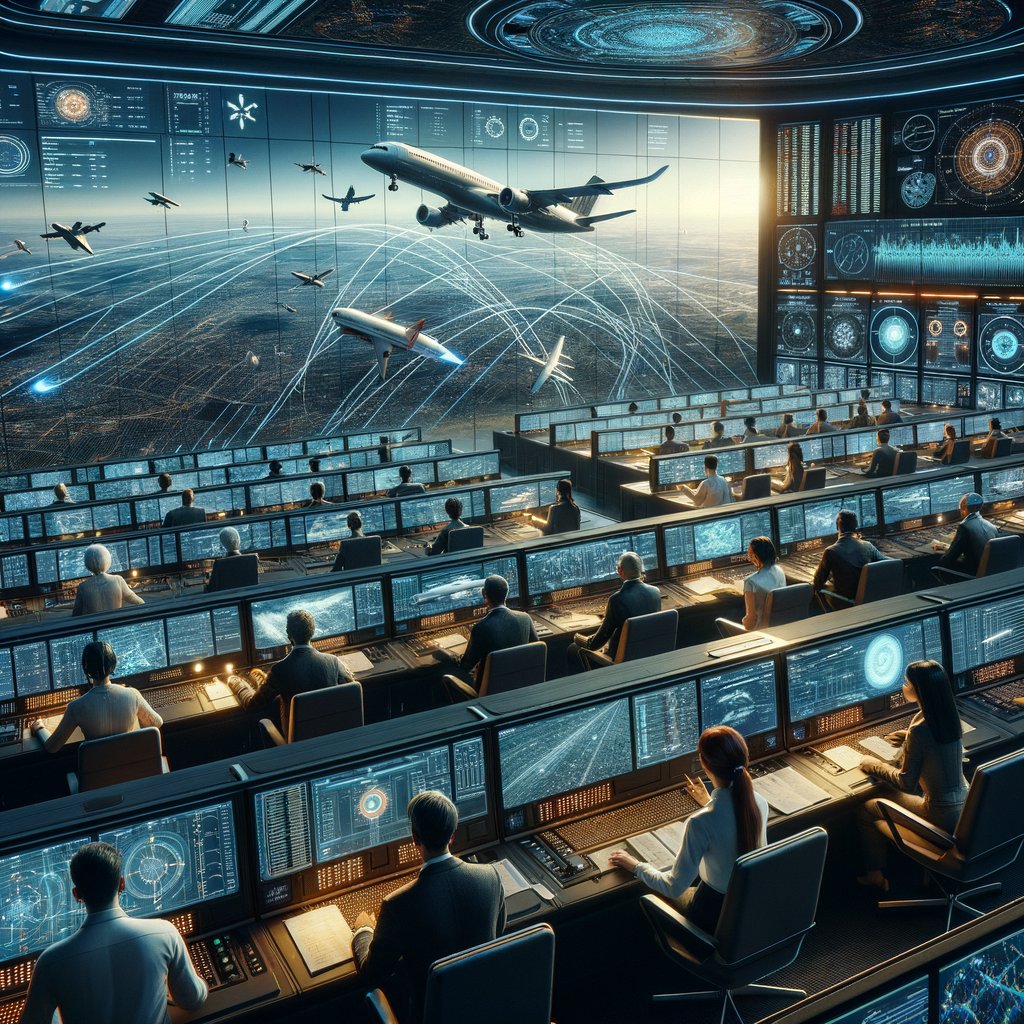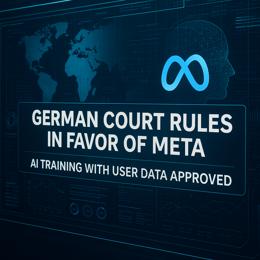Image created by AI
The Sky's the Limit: How AI is Revolutionizing Aviation Safety
**
Amid the growing concerns around aviation safety, fueled by significant aviation disasters, the potential role of Artificial Intelligence (AI) in preventing air crashes has become a hot topic of discussion and development within the aviation industry. With AI's profound impact across various sectors, aviation experts are optimistic about its role in enhancing safety protocols, aiming to significantly reduce the occurrence of aviation accidents.
Recent reports from the International Air Transport Association indicate a stark decline in air accidents, citing the lowest rates in over a decade. However, the irreparable loss of lives in the catastrophic events this year, including a harrowing incident involving a midair collision near Washington, DC, has reignited the need for innovative solutions in aviation safety.
A considerable segment of these accidents has been attributed to human error, which includes incidents stemming from misjudgments under fatigue and significant decision-making failures during crucial times. Here, AI shows great promise: from augmenting human pilot capabilities to pioneering fully automated flights, thus potentially reducing human error substantially.
Freshta Farzam, CEO of LYTE Aviation, highlights the capability of AI in improving predictive maintenance, situational awareness, and decision-making processes. These areas are critical in mitigating risks and enhancing the overall safety and efficiency of aviation operations. AI's ability to provide advanced analytics and real-time problem-solving can revolutionize air traffic control and collision avoidance systems, which are pivotal in avoiding accidents.
A notable shift toward AI can also be seen in the realm of air taxis and automated commercial flights. Market forecasts from Spherical Insights predict a massive increase in the air-taxi market size by 2029, driven by escalating traffic congestion in metro cities and the high demand for more efficient modes of transport. This growth suggests a future where aviation not only becomes safer but also more accessible and efficient with AI integration.
However, the journey toward holistic AI implementation is fraught with challenges. The aviation sector's stringent regulatory frameworks require extensive data and proven efficacy before AI can be fully deployed in commercial aviation. Boeing CEO Dave Calhoun and other industry leaders underscore the necessity for a solid certification process that builds widespread confidence in AI aviation technologies.
AI's influence extends beyond just piloting to involve substantial enhancements in autopilot systems and flight controls, which have been evolving since the 1960s. Today’s aircraft, equipped with sophisticated automation, can perform numerous functions with minimal human intervention, showcasing a reliable integration of AI in safely handling complex navigational tasks even under challenging conditions.
Despite the potential for AI to take over critical functions, Amad Malik, chief AI officer at Airport AI Exchange, advises a cautious approach. The integration process must ensure robust communication systems that can seamlessly connect AI-operated planes with air traffic control, avoiding any compromise in safety.
In conclusion, while AI is set to transform aviation safety radically, it requires an incremental approach focused on building trust and efficacy through continuous research, testing, and regulatory approvals. The future may hold AI as a co-pilot or even at the helm of commercial flights, but the emphasis will always remain on achieving a harmonious balance between human expertise and automated intelligence.
**










